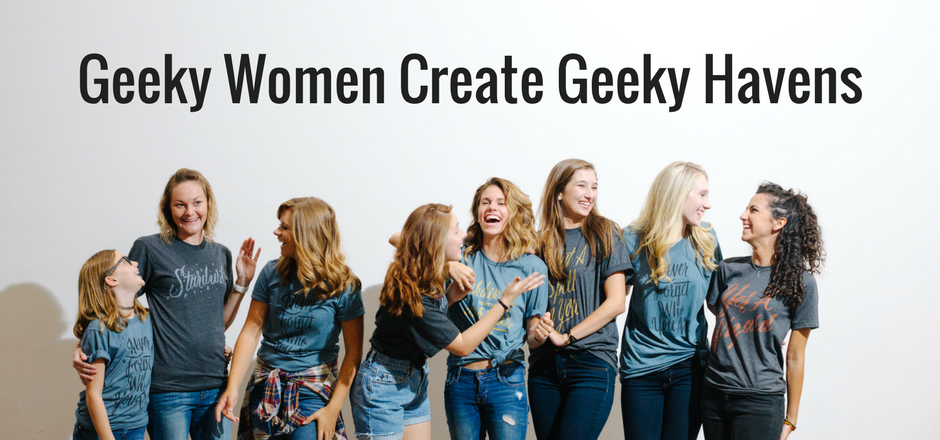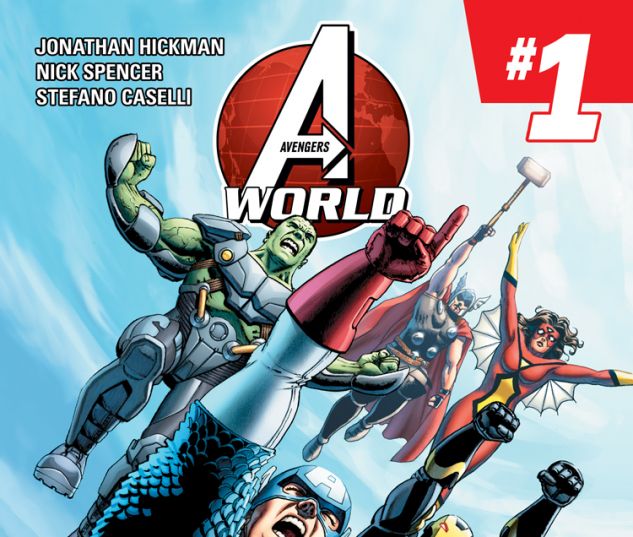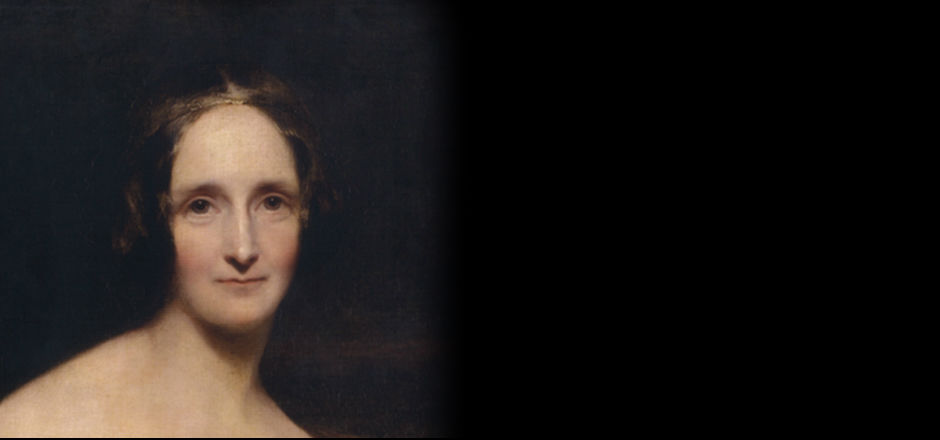There are many reasons to love comics: the characters, the stories, and the beautiful art, to start with. They just look cool—colors, facial expressions, and composition on a page are all visual storytelling tools that comics use in a way no other medium can. And alongside superhero costumes, creators use real-world fashion as another tool to elevate the story.
One of the coolest things in the comic “The Wicked and the Divine” (written by Kieron Gillen and illustrated by Jamie McKelvie) is the way it weaves style into its story. In “The Wicked and the Divine,” a group of gods comes back to Earth every 90 years or so to live among humans for two years, before they die and start the cycle again. Known as the Pantheon, they live as celebrities and develop a following of loyal fans and believers. And just like any other celebrity, even a god has to think about their image.
“The Wicked and the Divine” uses makeup, hair, and clothes to tell the story of its characters’ personalities and emotional states. Not only are the gods based on real life pop stars who have distinctive styles, but the human character Laura has clothes and hair that change with her mood and life experiences—just like so many other teenage girls. In “The Wicked and the Divine,” fashion and celebrity culture isn’t treated as a frivolous waste of time – it’s used as a serious way to explore themes of appearance versus reality, identity, and community.
My favorite character in The Wicked + The Divine is Luci, who has a look that’s based on David Bowie. Lucifer looks so pure in an all-white suit with such clean lines. (But that’s the greatest trick of the devil, isn’t it?)
When she became a god, Luci dressed in brighter, purer, and sharper clothes than the grays she wore as a human, as if the bright white could blind you from seeing the devil within. I think Luci’s heart is purer than it seems, but maybe I’m just another girl who’s fallen for her. Her hair went from totally blond to having one streak of pure black when she becomes a god—it’s as if the darkness within her had to peek out, just a little bit.
(This Luci looks like another smooth-talking blond in comics—the Lucifer in Neil Gaiman’s the Sandman, who gets bored with Hell and leaves it to run a piano bar in L.A.)
When Laura first appears in The Wicked + The Divine, she is hiding in plain sight in a white T-shirt and big coat. Her grown-out green hair is pulled back, as if she’s covering up her uniqueness because she’s not quite sure it’s working for her. She then goes into the bathroom at a show to change into what she really wants to be: a god. She puts on the clothes that let her act the part, hides her green hair with a pink wig, and uses makeup to cover her clean face.
Laura is struggling with figuring out who she is and who she wants to be. She wants glory, beauty, and love, but most of all she wants acceptance. And all it takes to fit in with the Pantheon fandom is a T-shirt, or the cosplay costume of a god.
Superhero comics explore identity and costumes as well. But Batman only becomes Batman when he puts on his batsuit. It’s not something anyone could wear, and that’s the point: his suit provides him with protection and allows him to be recognized as a hero. But taking off his suit allows him to turn back into Bruce Wayne and to hide within his regular life.
Laura can’t hide from what has happened to her, and her superhero costume is just her regular clothes. Similarly, Selina Kyle in Catwoman (written by Genevieve Valentine and illustrated by Garry Brown) has decided to accept all of herself and give up her catsuit. Valentine and Brown’s issues of Catwoman are as much about Selina’s mob business and trying to rebuild Gotham as any Catwoman adventure.
Valentine talks on her blog about Selina’s “out-of-uniform uniform” and how those clothes contribute to the image Selina wants to portray. “At a time when she doesn’t have any weapons close to hand, she’ll dress like she is one,” Valentine says.
Sharp collars allow Selina to hide her face and her intentions, and her coats look like a cape billowing out behind her. Selina is a superhero because she embraces who she is, whether she’s wearing a catsuit or not. And, as Valentine says, “clothes are always a costume; it’s only the identity you’re presenting that changes.” Selina understands that, so in all areas of her life clothing becomes another weapon she can use. Sometimes literally—she once threw a modified stiletto into someone’s hand at a business meeting.
Both Catwoman and The Wicked + The Divine use fashion that’s based in the real world to build their characters. These characters may face experiences most people never will, but by wearing clothing that’s recognizable—and more importantly, for reasons that are recognizable—they become much more relatable. Fashion is the closest most people will get to creating their own superhero uniform, and it’s a weapon people can use to face their daily lives and explore their inner selves. When comics reflect that, storytelling can only get stronger.
—
![[GUEST] Fashion in CATWOMAN and THE WICKED + THE DIVINE](https://girlsincapes.com/wp-content/uploads/2015/09/guest-comics-fashion.jpg)





